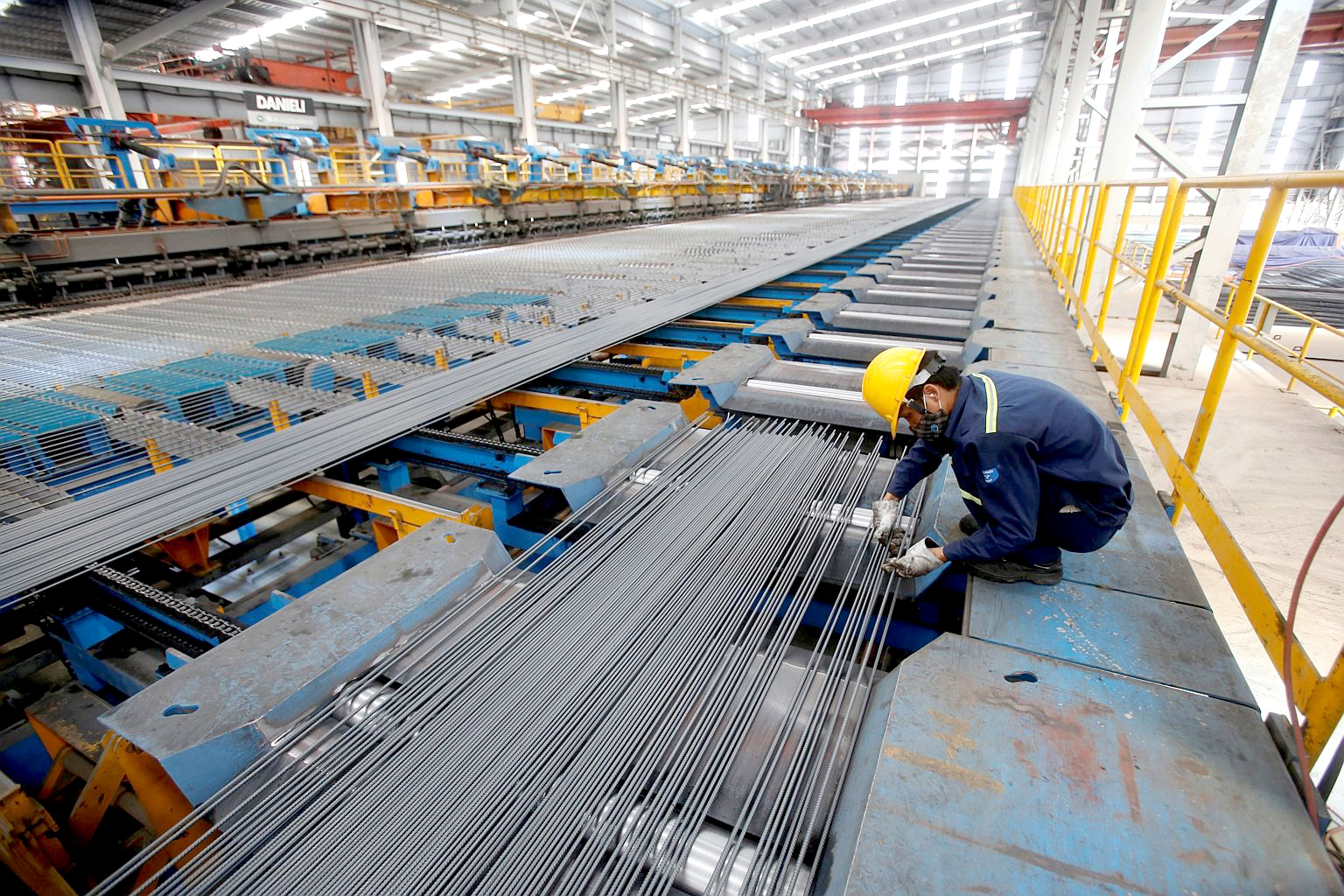As the Association of Southeast Asian Nations takes steps toward implementing the ASEAN Economic Community by the end of 2015, they should be cognizant that the paths towards economic integration and sustainable urbanization are closely intertwined. Southeast Asian cities will play a critical role in the unfolding of the AEC.
ASEAN represents an economically dynamic region. Between 1970 and 2013, ASEAN’s gross domestic product grew over tenfold—from $129 billion to $1.39 trillion. The founding countries of ASEAN rapidly grew during the 1970s and 1980s after opening their economies to external trade and foreign direct investment. In recent years, economic growth has picked up in the other ASEAN member countries, EconomyWatch reported.
However, the economic role of cities in ASEAN is not as well-known as ASEAN’s economic potential. UN-Habitat (the UN Human Settlements Program) estimates that 47% of the region’s population live in cities and towns, and produce 80% of Southeast Asian GDP.
Southeast Asian cities are bound to perform an expanding role in the future of the regional economy if the AEC is successfully implemented. A 2014 report by the McKinsey Global Institute analyzed the ways in which Southeast Asia could address its productivity challenges and find new catalysts for economic growth in the future.
Greater Share
Looking toward ASEAN’s economic prospects, the study proposed three paths to prosperity that could contribute 19–42% of the region’s GDP by 2030. Two of these relate directly to the expanding role of cities.
First, ASEAN should ‘capture a greater share of global flows’. This entails increasing exports within and outside the AEC’s regional trading block. It also involves expanding the region’s manufacturing base, especially as multinational companies look for new production sites–that often are well-serviced urban centers–in the wake of rising labor costs, such as in China.
Second, ASEAN should ride the urbanization wave. Since the middle of the 20th century, Southeast Asia has witnessed phenomenal levels of urbanization. From 1950–2014, urban populations in Southeast Asia grew from 26 million to 294 million—a tremendous increase of more than 1,000%.
ASEAN already has an urban ‘consuming class’ of approximately 81 million households, according to the McKinsey report. This ‘consuming class’ is likely to double in size by 2030. This striking rise in the urban power of consumption will have impacts at multiple levels, including by increasing demand for consumable goods and services, and for developed land.
However, it will also cause an irreversible change in land use—from agriculture and forests to urban built-up areas—leading to concerns about food security, biodiversity, and ecological systems.
Income Inequality Rising
Although urbanization in Southeast Asia is positively correlated with economic growth, not everyone living in cities has benefited from this phenomenon. Urban income inequality is on the rise in Southeast Asia and the percentage of urban people under the poverty line varies from 1% in Malaysia to 10% in Laos. Poverty and rising inequality in urban Southeast Asia indicate a lack of policies focused on confronting these challenges.
Urban poverty and inequality give rise to urban informality, such as informal employment and informal settlements (slums). In 2011, the urban informal employment level was 42% in Thailand, 68% in Vietnam and 72% in Indonesia. During 1990–2012, the urban slum population in Southeast Asia increased from 69 million to 80 million.
Tackling poverty, inequality, and informality will require urban policymakers to provide secure land tenure, low-income housing, and access to basic services such as safe drinking water, sanitation, solid waste collection, education, health, energy and transport.
Economic Integration
Additionally, ASEAN should not ignore the effects of economic integration on urbanization. Creating ‘a single market and production base’ under the AEC has the potential to alter the spatial and economic landscape of human settlements in Southeast Asia.
In particular, the free flow of goods and services will directly relate to governance and sustainable urbanization. The movement of goods across borders without tariffs is likely to flood domestic markets across the region with cheaper imports. This will displace local manufacturing bases, which are generally located in urban centers. Local innovation and entrepreneurship, which are often based in cities and towns, will have to compete with multinational corporations at the regional and global levels—with low chances of success.
The AEC service packages include construction, waste management, and water supply—all of direct relevance to urban centers. The construction industry is mostly private in Southeast Asia, while waste management and water supply are largely public-sector services in the region, although this is changing toward privatization in many places.
As the AEC prepares to launch at the end of 2015, how ASEAN member countries manage the process of sustainable urbanization will prove central to the functioning of the AEC in the future.


